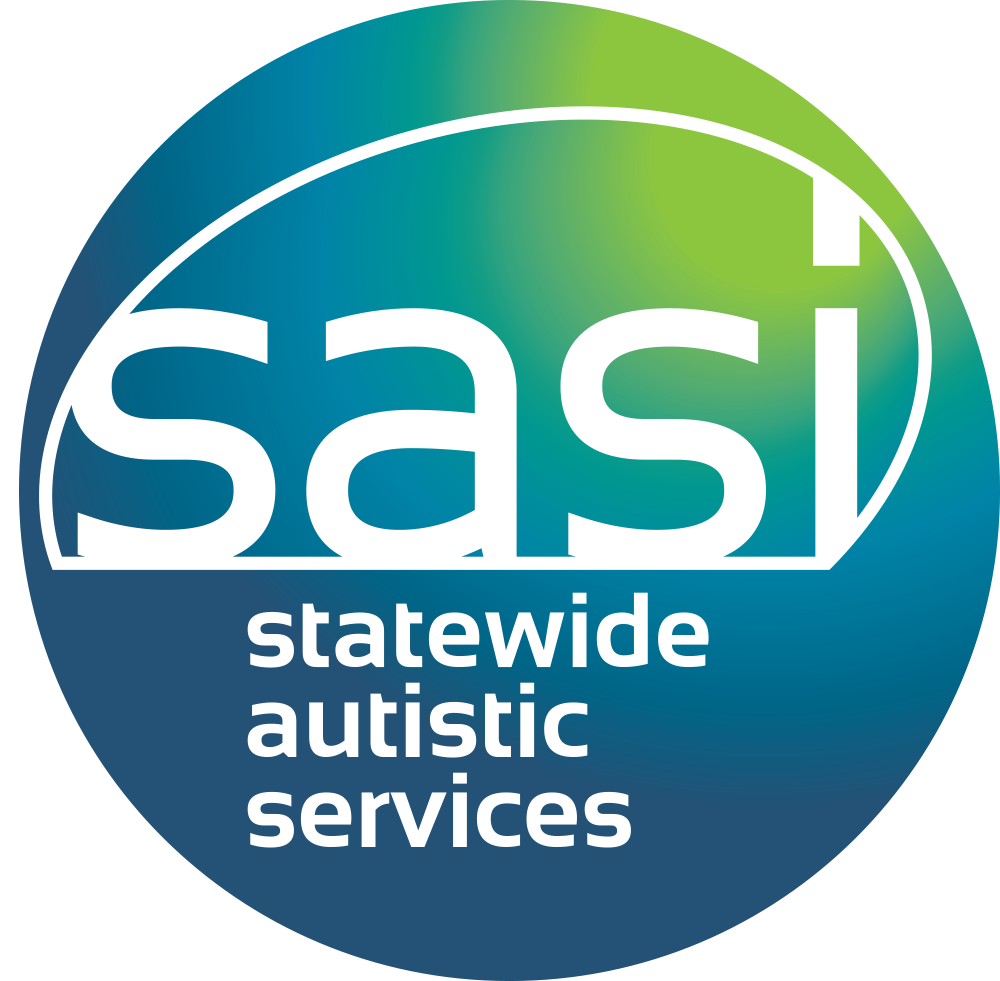Navigating the journey of autism can be overwhelming for both children and their parents. As the time approaches for an autistic child to start school, it is crucial to understand the challenges they may face and how to unlock their full potential.
Starting school is a significant milestone for any child, but for those with autism, it presents unique hurdles. From sensory sensitivities to social interactions, the school environment can be overwhelming. However, with the right support and understanding, autistic children can thrive academically and socially.
Through expert insights and real-life stories, we will delve into the steps parents can take to prepare their child for school, including establishing a routine, communicating with teachers, and implementing effective strategies to support their learning and development. We will also explore the importance of creating a sensory-friendly classroom environment and fostering inclusive friendships.
The importance of early supports for autistic children
Early support is a critical aspect of supporting autistic children, significantly influencing their developmental trajectory. Research indicates that the earlier a child receives support, the better their long-term outcomes in areas such as communication, social skills, and academic performance. Early support can include various therapies, such as speech therapy, occupational therapy, and behavioural therapy, all tailored to meet the child’s specific needs.
One of the primary benefits of early support is that it can help children develop essential skills that lay the groundwork for future learning and social interactions. For instance, speech therapy can enhance communication abilities, enabling children to express their needs and engage more effectively with peers. Similarly, occupational therapy can assist in developing fine motor skills and daily living skills. By addressing these developmental areas early on, children are better equipped to navigate the complexities of the school environment.
Moreover, early support not only benefits the child but can also provide support for families. It equips parents with strategies and resources to foster their child’s development at home and in social settings. By empowering families with knowledge and tools, early support can create a more supportive atmosphere, leading to greater confidence and resilience for both children and their caregivers as they embark on the journey of starting school.
Preparing for school: Tips for parents and caregivers
Preparing an autistic child for school is a multifaceted process that requires careful planning and support. One of the most effective strategies is establishing a consistent routine at home. Autistic children often thrive on predictability, so creating a structured daily schedule can help them understand what to expect, reducing anxiety as they transition into the school environment. Parents can use visual schedules or timers to make routines more tangible, providing clear expectations for each part of the day.
Another essential preparation step is familiarising the child with the school environment before their first day. This can involve visiting the school, exploring the classroom, and meeting teachers and staff. Some schools may offer orientation programs specifically designed for autistic children, allowing them to get used to their new surroundings gradually. Such visits can alleviate some of the uncertainties that often accompany starting school, making the experience less overwhelming for both the child and the parents.
Communication plays a vital role in this early phase. Parents should maintain open dialogue with teachers and school staff, sharing information about their child’s strengths, challenges, and any specific needs. This collaboration ensures that educators are equipped to provide appropriate support and accommodations from day one. Additionally, involving the child in discussions about school can empower them, allowing them to express their feelings and concerns about this new chapter in their life.
Choosing the right school: Inclusive education and special education programs
Selecting the appropriate educational setting is a significant decision that can impact academic and social development. Parents often face the choice between inclusive education and specialized programs. Inclusive education involves placing autistic children in general education classrooms alongside their peers, with the necessary support and accommodations in place. This approach can foster social interactions and help children develop friendships with their non-autistic peers.
On the other hand, specialised programs cater specifically to autistic children, offering tailored support, smaller class sizes, and a focus on individualised learning strategies. These programs can be beneficial for children who may struggle in a traditional classroom environment due to sensory overload or significant communication challenges. It’s essential for parents to assess their child’s unique needs, strengths, and preferences when making this decision, considering factors such as the level of support required and the child’s comfort in social settings.
Regardless of the choice made, it is crucial to ensure that the school environment is inclusive and accepting. Schools should promote an atmosphere of understanding and respect, where diversity is celebrated. This can be achieved through training staff on autism awareness and implementing anti-bullying initiatives. By advocating for the right educational setting and fostering an inclusive culture, parents can help set the stage for their child’s success in school.
Creating an individualised education plan (IEP)
An Individualized Education Plan (IEP) is a critical tool for ensuring that autistic children receive the support they need in the school environment. The IEP is a legally binding document that outlines the child’s specific educational goals, the services they will receive, and the accommodations necessary to facilitate their learning. Developing an IEP involves collaboration between parents, educators, and specialists who understand the child’s unique needs.
When creating an IEP, it is essential to include measurable goals that reflect the child’s strengths and areas for growth. Goals should be realistic, taking into account the child’s abilities and challenges. For instance, if a child struggles with social skills, a goal might focus on initiating conversations with peers during structured activities. The IEP should also detail the types of support services the child will receive, such as speech therapy, behavioural support, or social skills training.
Regular reviews of the IEP are necessary to assess the child’s progress and make any needed adjustments. Parents should advocate for their child’s needs during these reviews, ensuring that their voice is heard and that the plan remains relevant as the child grows and develops. A well-structured IEP can significantly enhance a child’s educational experience, providing a roadmap for success and promoting their overall well-being in the school environment.
Supporting social skills development in the classroom
Social skills development is a crucial aspect of the educational experience for autistic children. Since social interactions can be particularly challenging for these children, schools play a vital role in providing opportunities for them to develop and practice these skills. Educators can implement structured social skills programs that focus on teaching specific competencies, such as turn-taking, active listening, and recognising social cues.
Incorporating peer-mediated supports can also be beneficial. This approach involves training typically developing peers to engage with autistic children, facilitating natural interactions during group activities or playtime. These peer relationships can enhance social understanding and provide models for appropriate interactions. Additionally, fostering inclusive classroom environments where all students are valued and respected can create a safe space for autistic children to practice their social skills without fear of judgment.

Teachers can also utilize role-playing scenarios and social stories to help children navigate various social situations. These tools can illustrate appropriate responses to common social challenges, allowing children to visualize interactions and rehearse their responses. By integrating social skills development into the curriculum and daily classroom activities, educators can empower autistic children to build meaningful relationships and foster a sense of belonging within their school community.
Strategies for managing sensory issues at school
Managing sensory issues is a critical consideration for autistic children as they navigate the school environment. Many experience sensory sensitivities that can lead to overwhelming feelings and difficulties focusing on their tasks. To create a more accommodating environment, schools can implement several strategies designed to minimise sensory overload and support sensory regulation.
One effective strategy is establishing a sensory-friendly classroom. This can involve creating quiet areas equipped with calming tools, such as noise-canceling headphones, fidget toys, or weighted blankets. These spaces provide children with a retreat when they feel overwhelmed, allowing them to regain composure and refocus on their learning. Teachers can also incorporate sensory breaks into the daily routine, allowing children to engage in brief physical activities or mindfulness exercises that help them manage their sensory input.
In addition to physical accommodations, educators should be aware of the sensory triggers present in the classroom environment. This includes factors such as bright fluorescent lights, loud noises, or strong scents. By identifying and reducing these triggers, teachers can create a more comfortable atmosphere for children with autism. Open communication between parents and educators about the child’s sensory preferences and sensitivities is vital to ensuring that the school environment supports their unique needs.
Building a support network: Collaborating with teachers and therapists
Creating a robust support network is essential for autistic children as they transition into school. This network should include parents, teachers, therapists, and other professionals involved in the child’s development. Collaboration among these individuals ensures that everyone is on the same page regarding the child’s needs, goals, and progress, ultimately leading to a more coherent support system.
Regular communication between parents and teachers is vital for sharing insights and strategies. Parents can provide valuable information about their child’s strengths, challenges, and preferences, while teachers can share observations about the child’s performance and behaviour in the classroom. Together, they can identify effective supports and make necessary adjustments to the child’s IEP. Building a strong rapport between home and school fosters a sense of teamwork, enhancing the child’s educational experience.
In addition to teachers, involving therapists in the support network can provide specialised insights that are crucial for the child’s development. Speech therapists, occupational therapists, and behavioural specialists can offer targeted strategies that complement classroom learning. By working together, these professionals can create a cohesive approach that addresses the child’s needs holistically, ensuring they receive the support necessary to thrive academically and socially.
Transitioning to a new school: Tips for a smooth transition
Transitioning to a new school can be a daunting experience for autistic children, but with the right strategies, the process can be made smoother. One of the most effective approaches is to begin preparations early. Parents can familiarise their child with the new school environment through visits and meetings with teachers and staff. This proactive approach helps reduce anxiety by allowing the child to visualise their new surroundings and understand what to expect.
Creating a transition plan can also be beneficial. This plan should outline the steps necessary for the child to adjust to their new school, including timelines for visits, meetings, and any necessary assessments. Involving the child in this process can empower them and help them feel more in control. Discussing their feelings about the transition and addressing any concerns can help alleviate fears and build confidence.
Additionally, maintaining open lines of communication with the new school is crucial. Parents should share relevant information about their child’s needs and preferences, ensuring that the school is equipped to provide appropriate support from the outset. Establishing a connection with the new teachers and staff allows for a collaborative approach to the transition, creating a supportive environment that fosters success for the child in their new educational setting.
Conclusion: Celebrating the journey and embracing the potential
The journey of navigating autism and starting school is filled with challenges, but it is also an opportunity to celebrate the unique potential of every child. By understanding the characteristics of autism, advocating for early support, and creating supportive environments, parents and educators can make a significant difference in a child’s educational experience. It is essential to recognise that each child has their own strengths and talents, and embracing these qualities can lead to a fulfilling educational journey.
As autistic children transition into school, it is crucial to focus on building their confidence and self-advocacy skills. Encouraging them to express their needs, preferences, and feelings empowers them to take an active role in their learning and social interactions. By fostering an inclusive atmosphere where diversity is celebrated, we can help children thrive both academically and socially.
To learn more about SASI and our range of support services please reach out to us via email [email protected] or call us on 1300 577 305.


